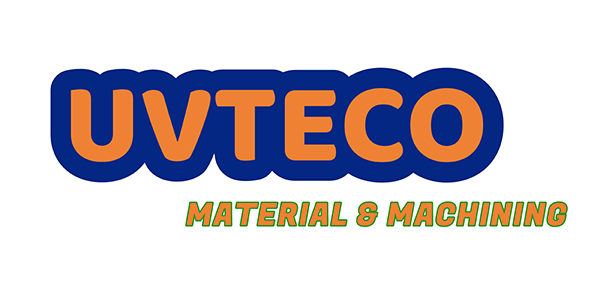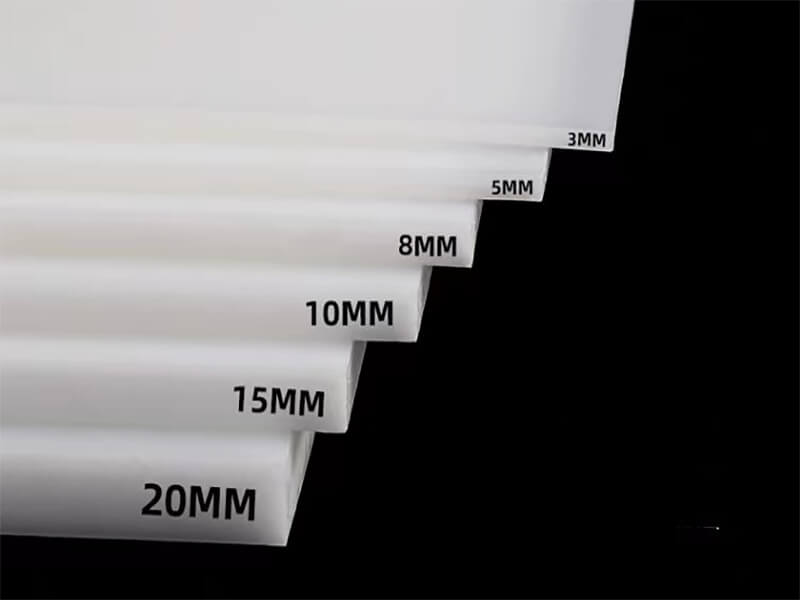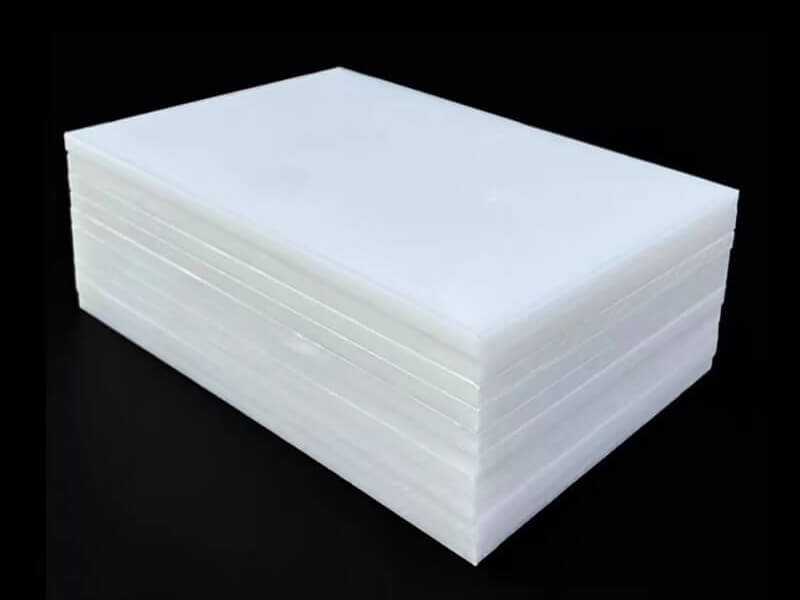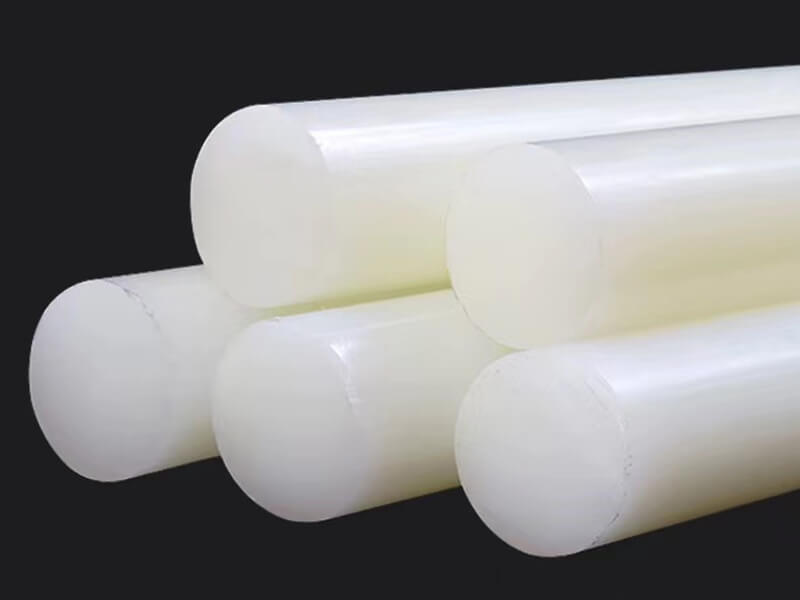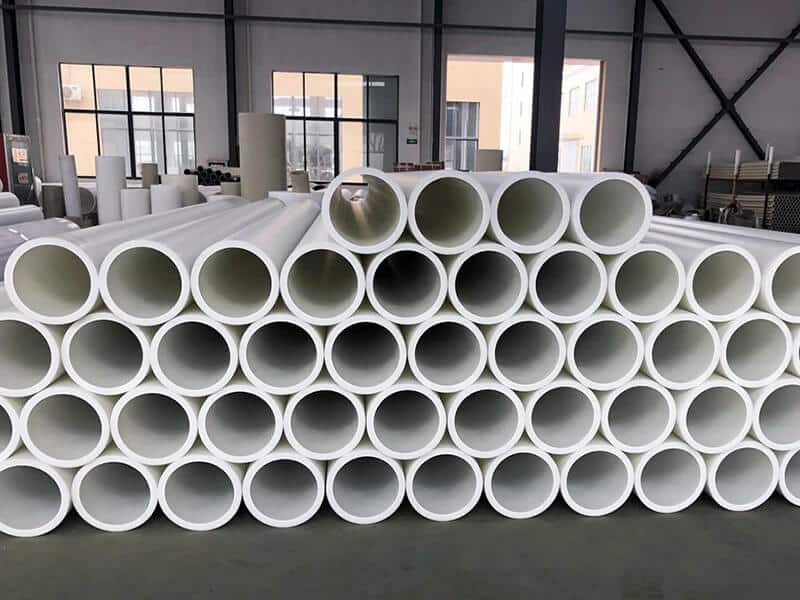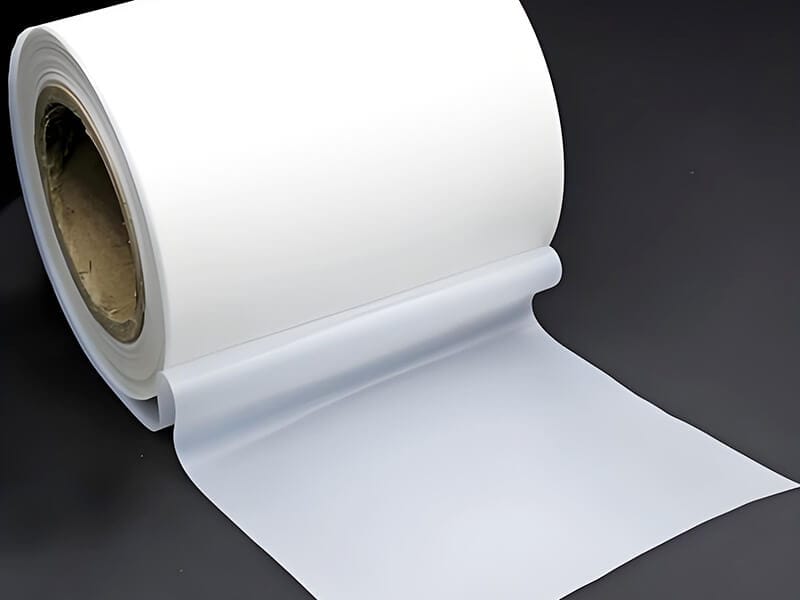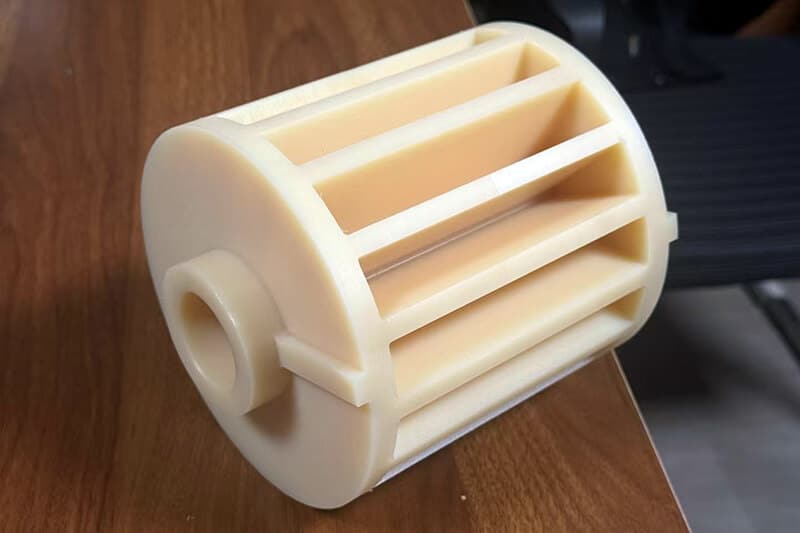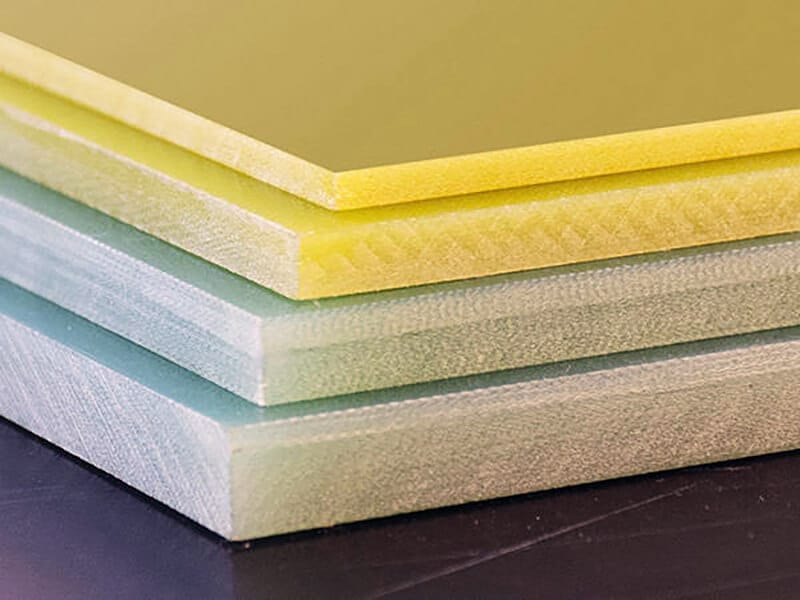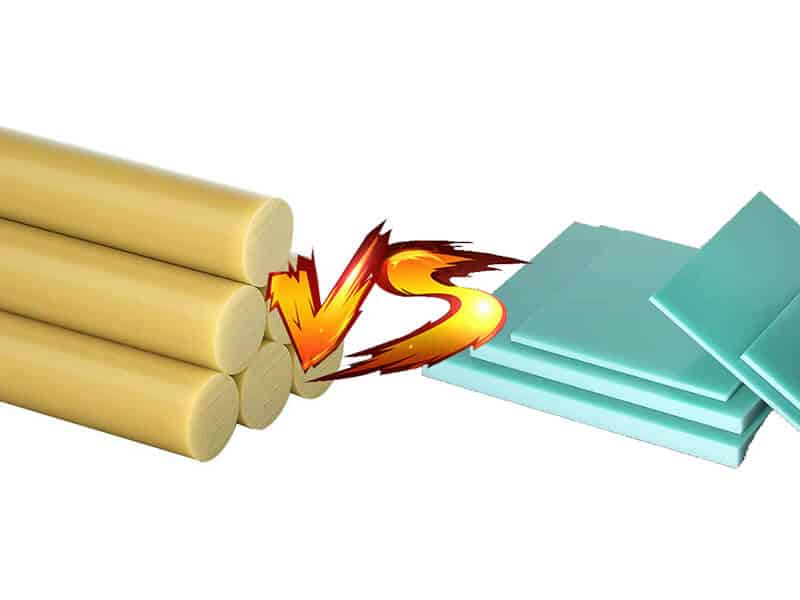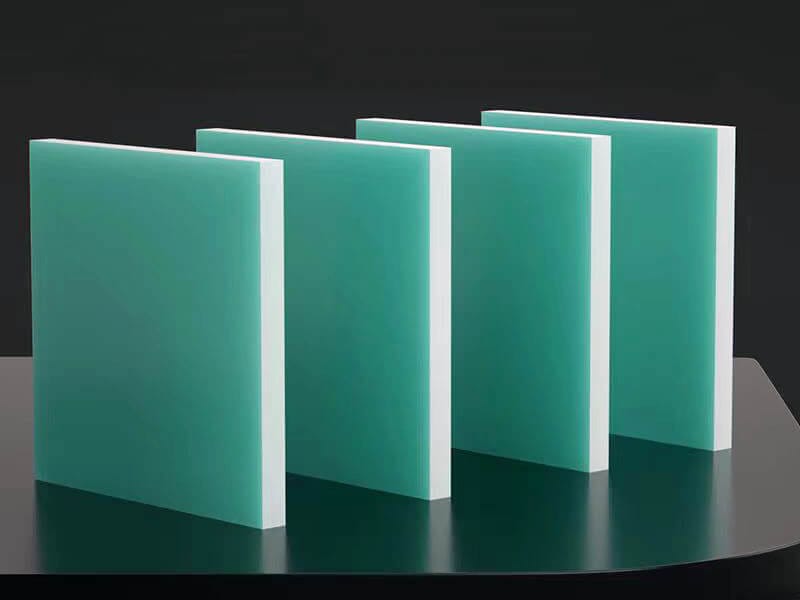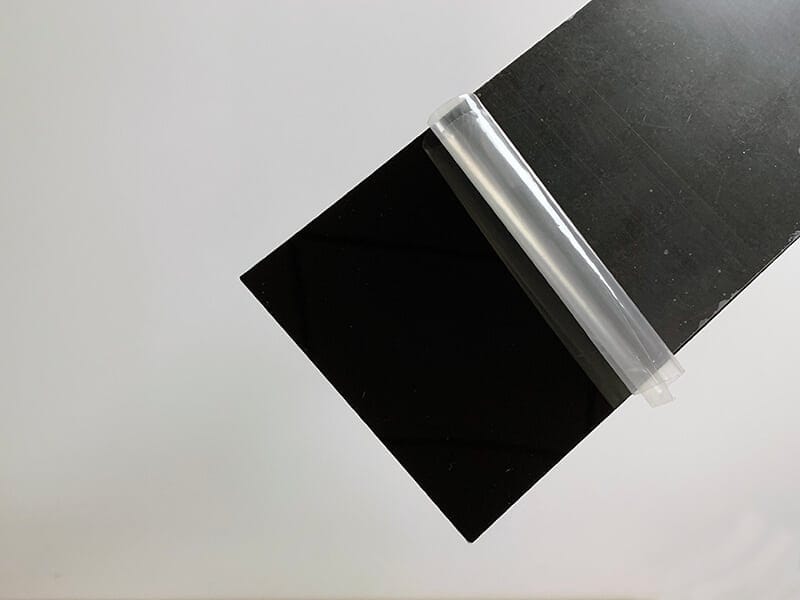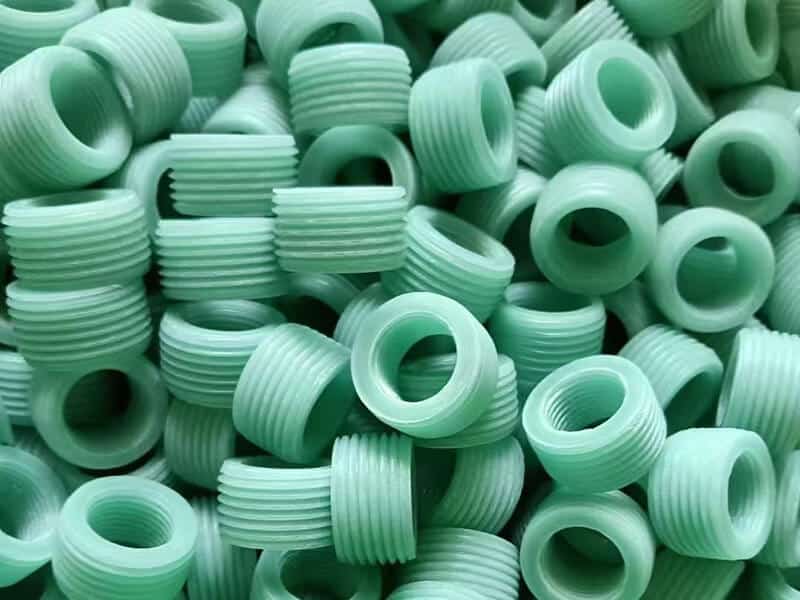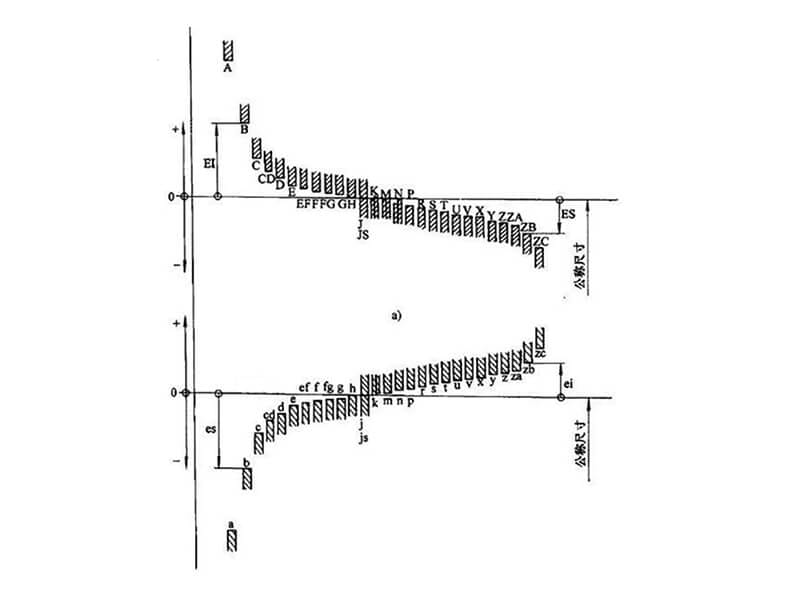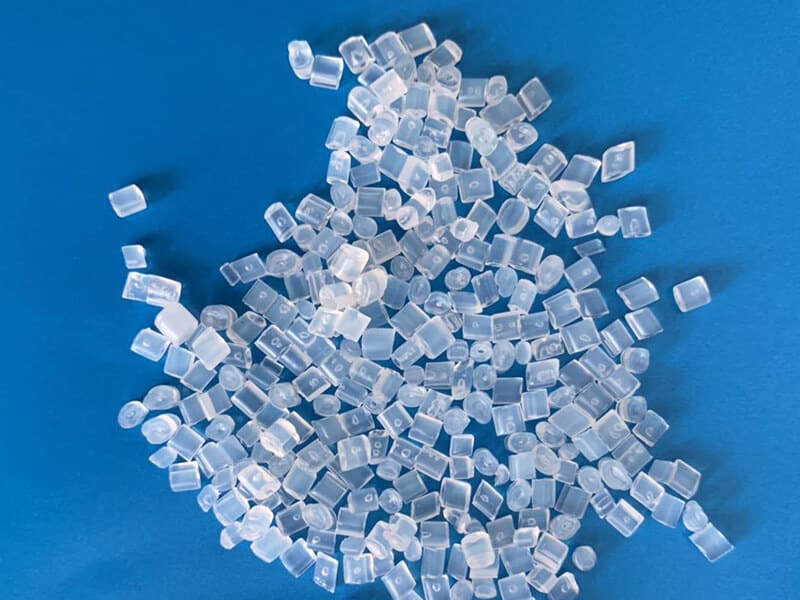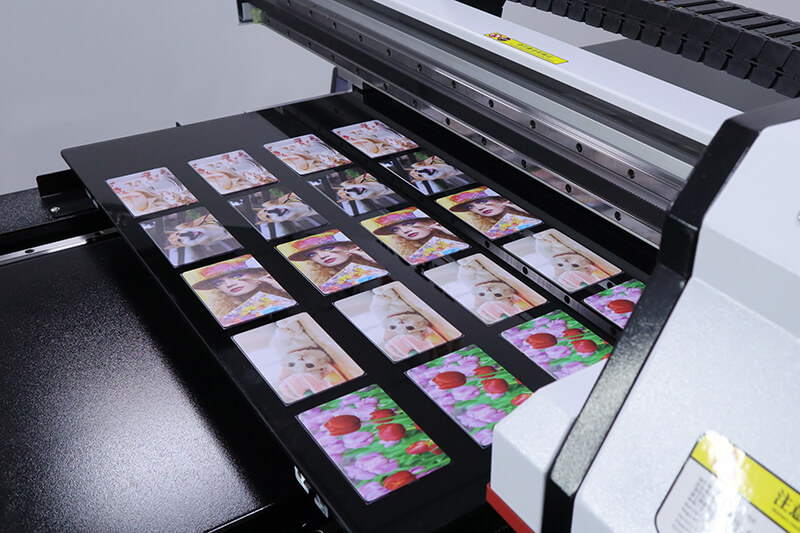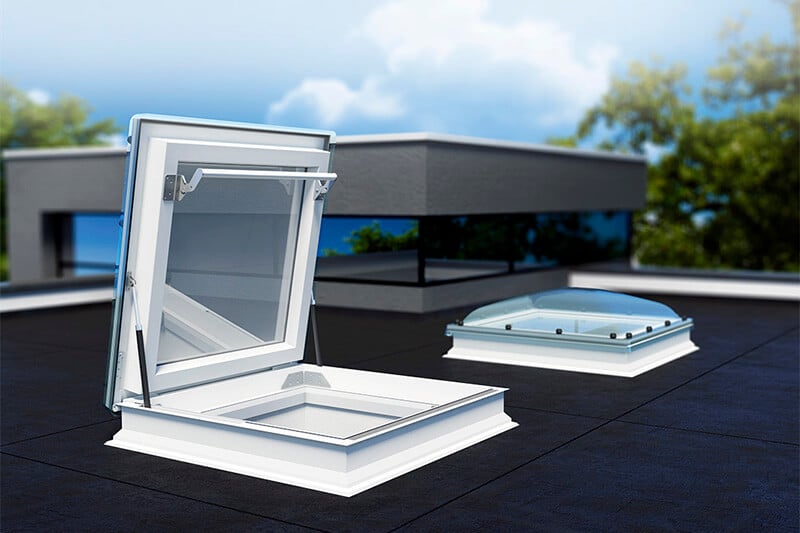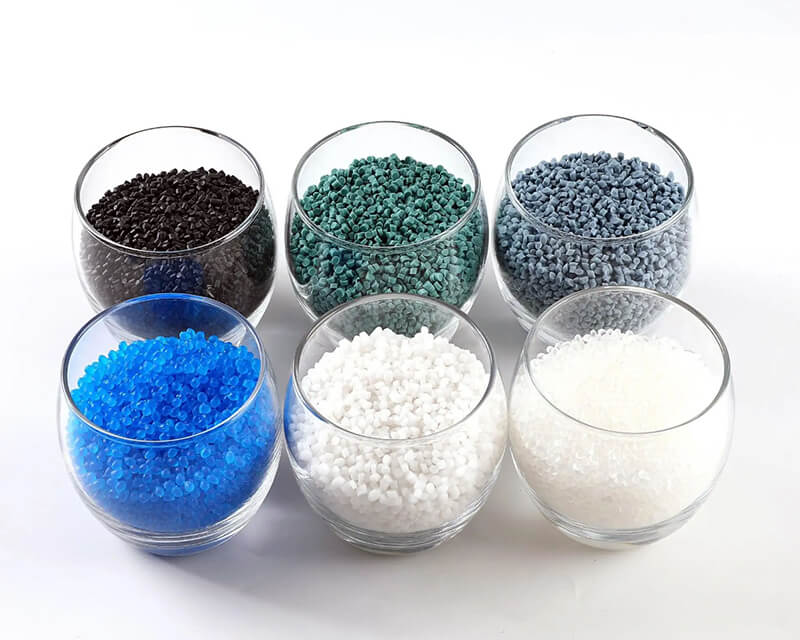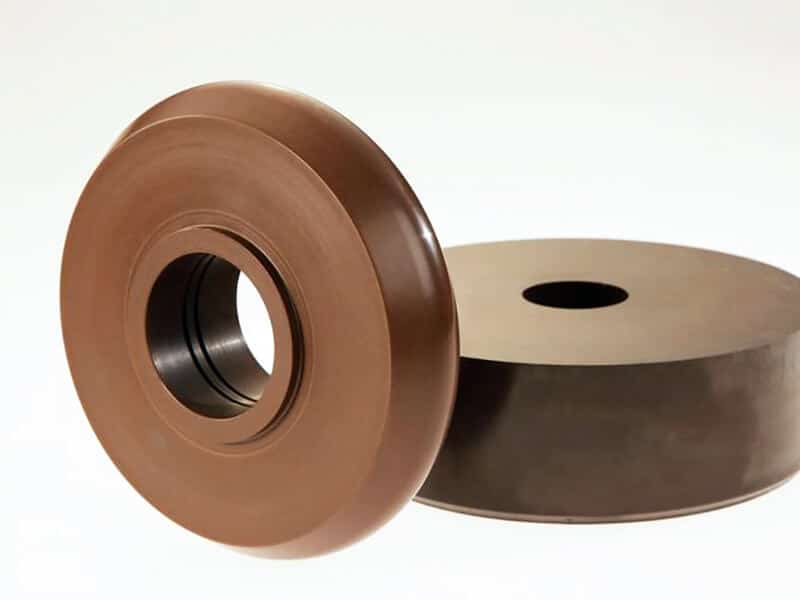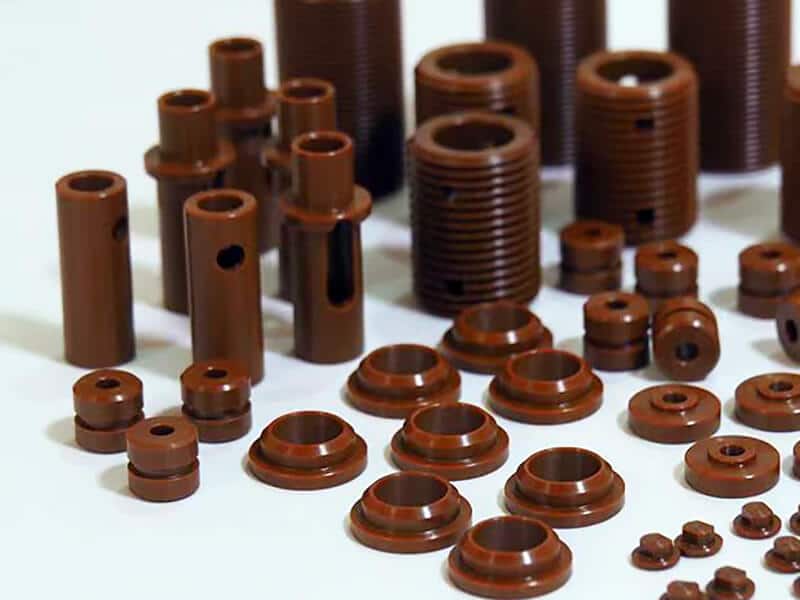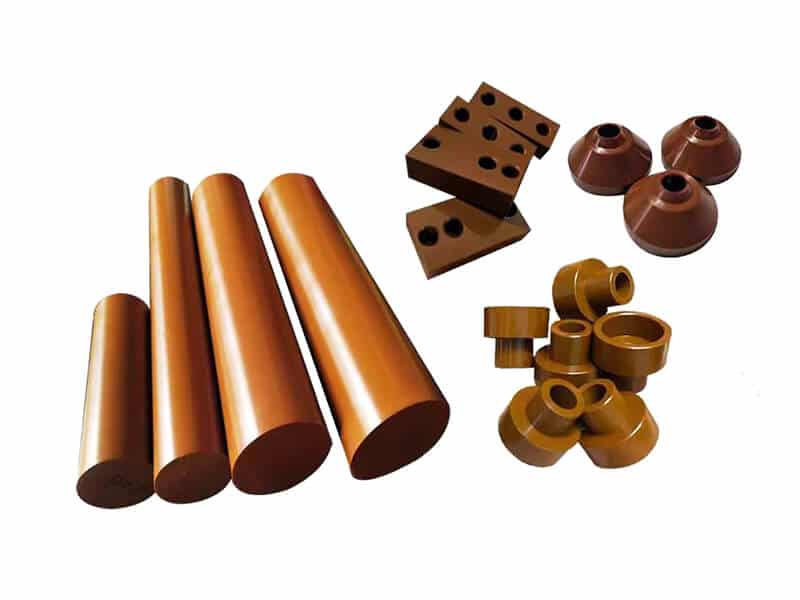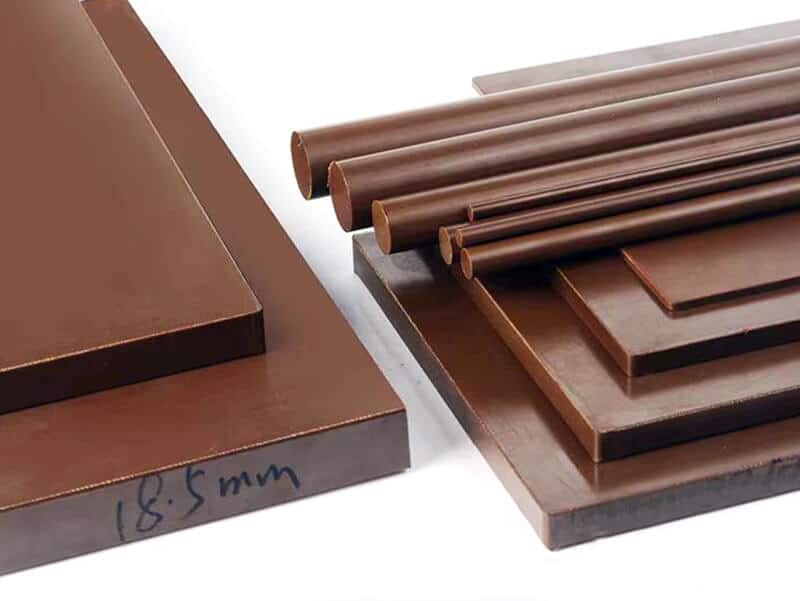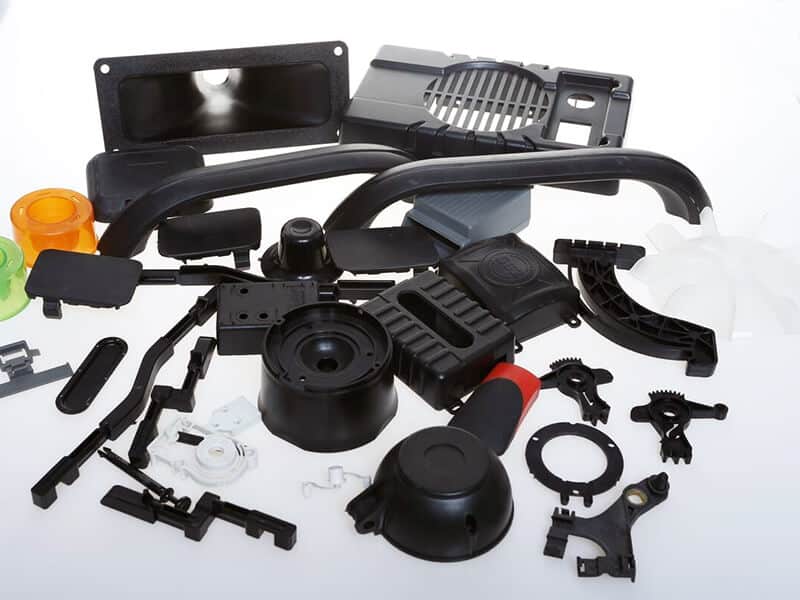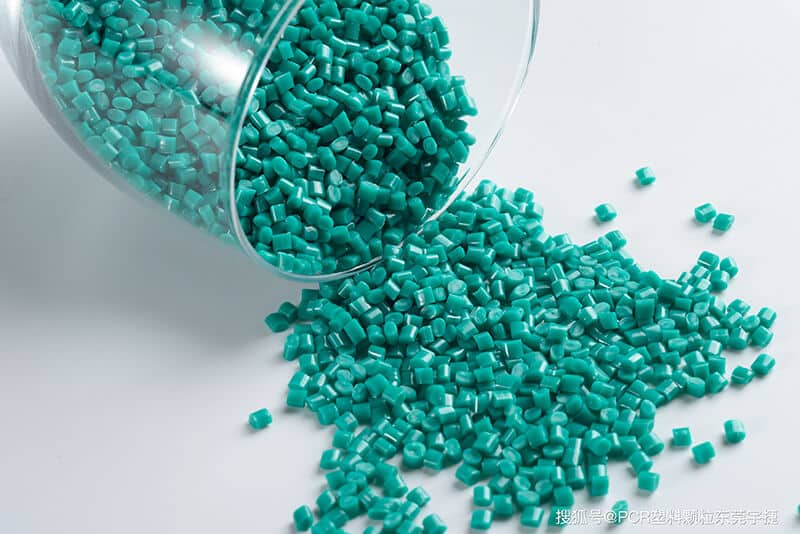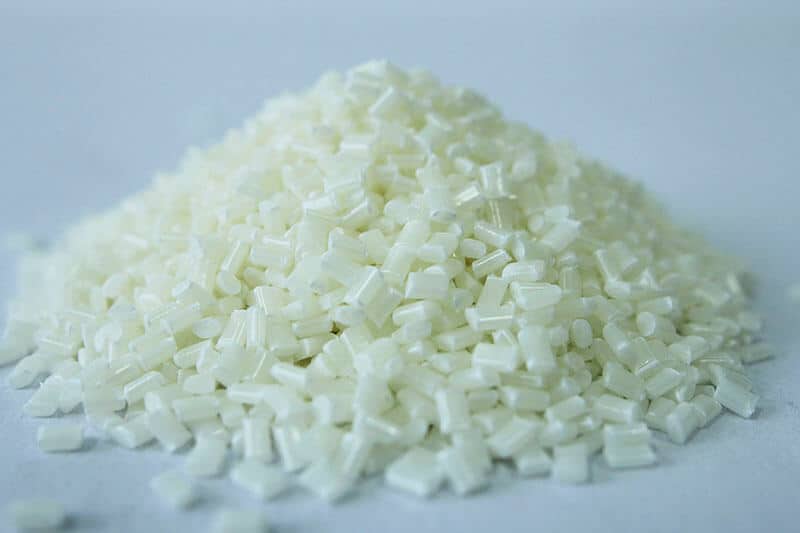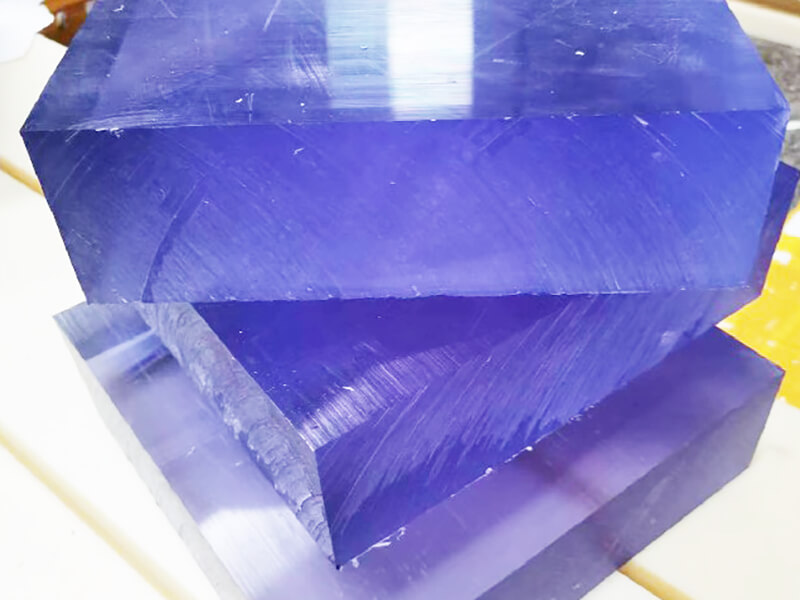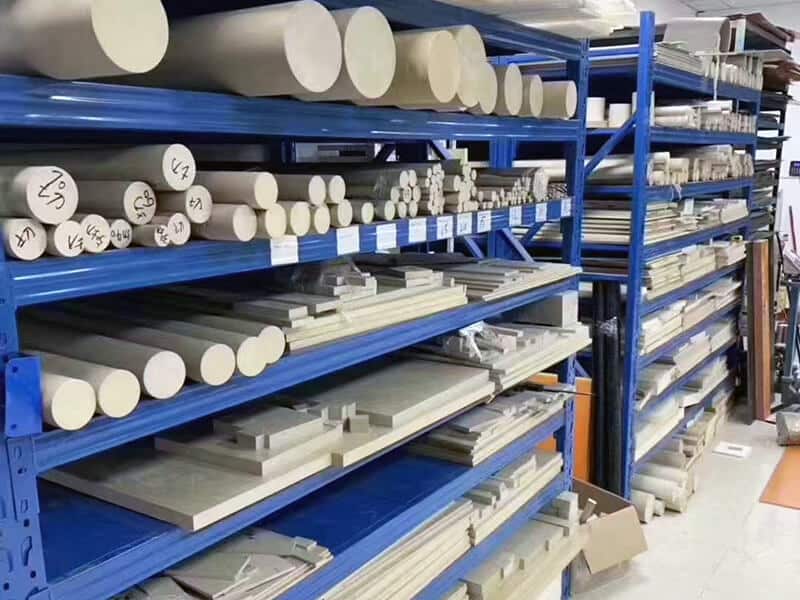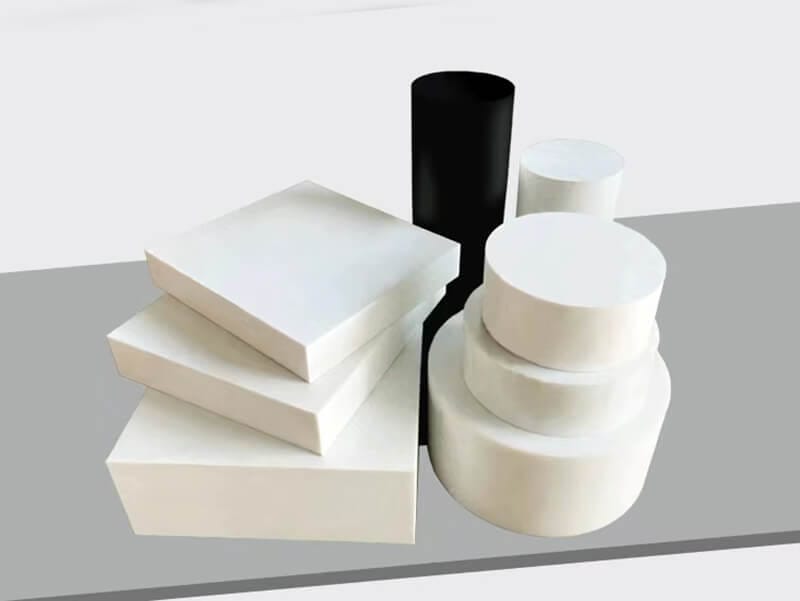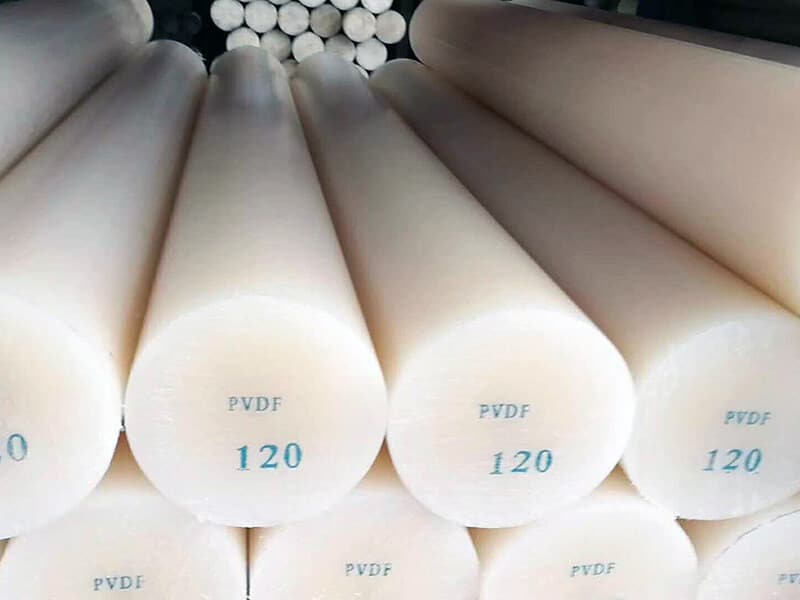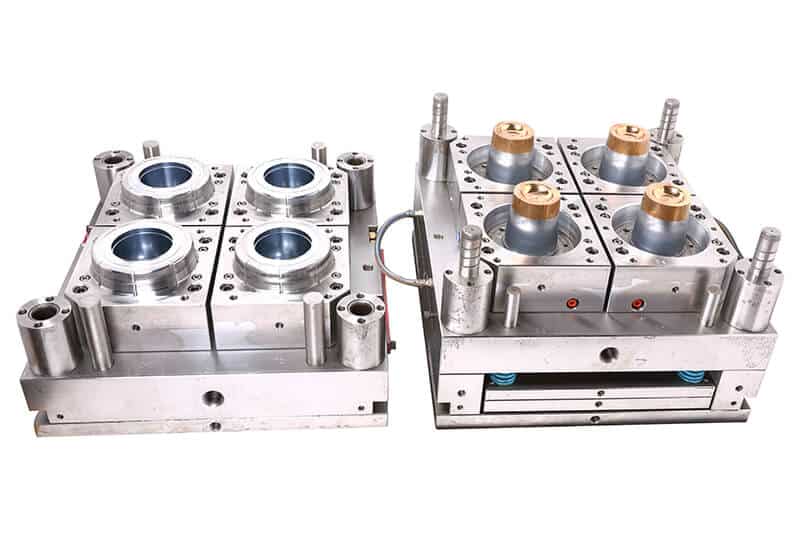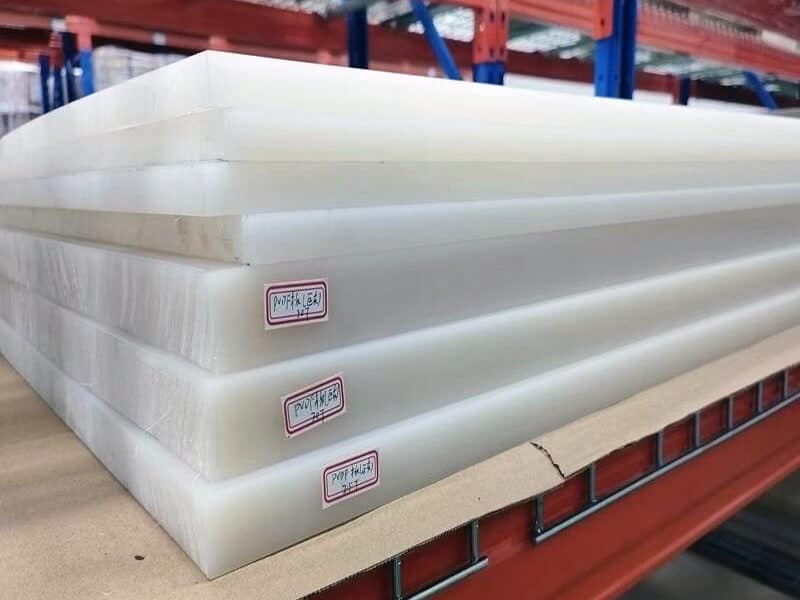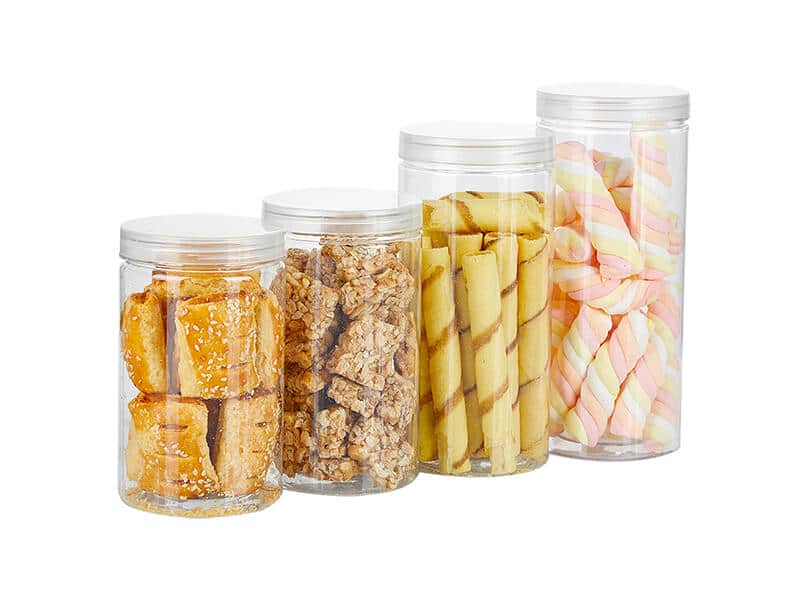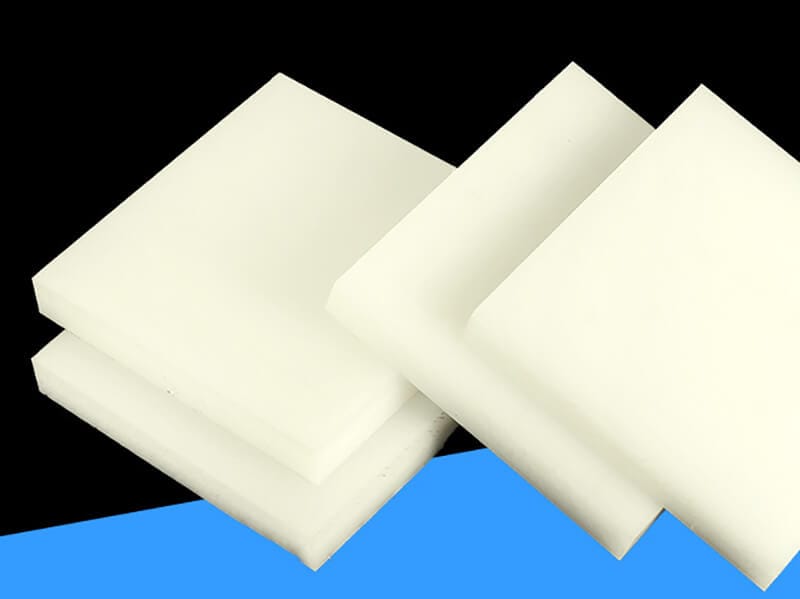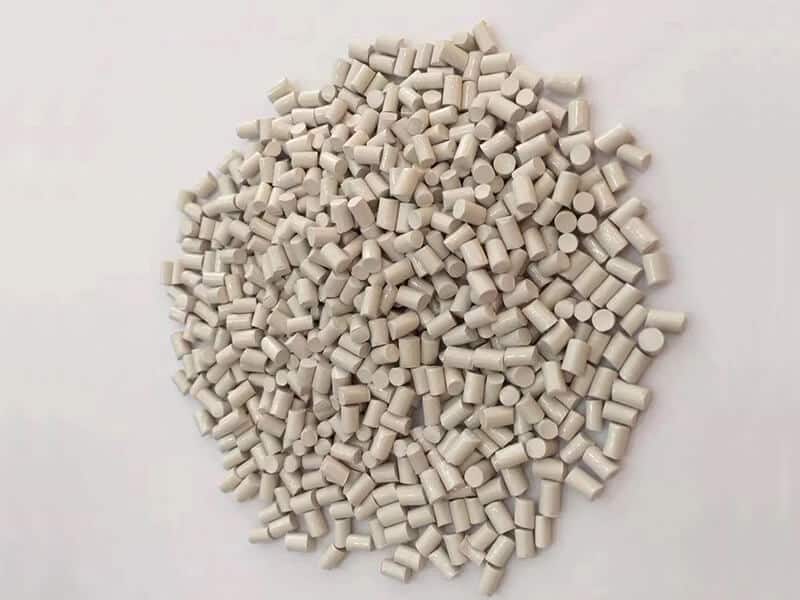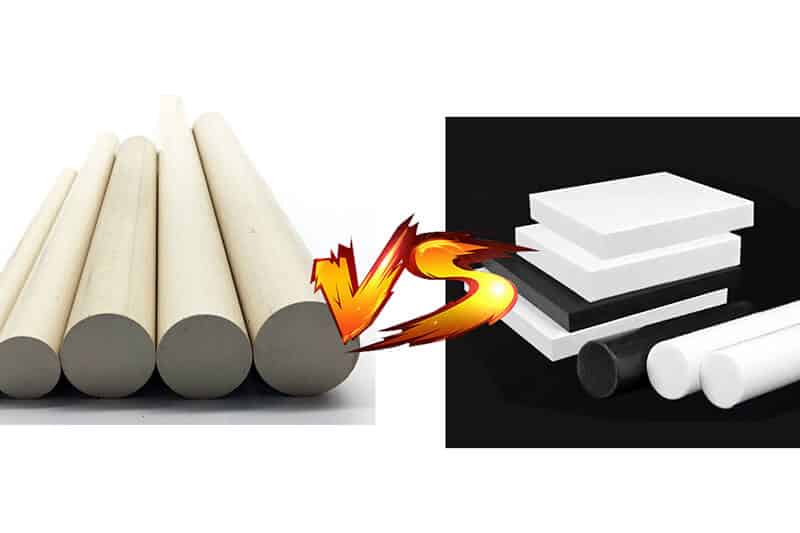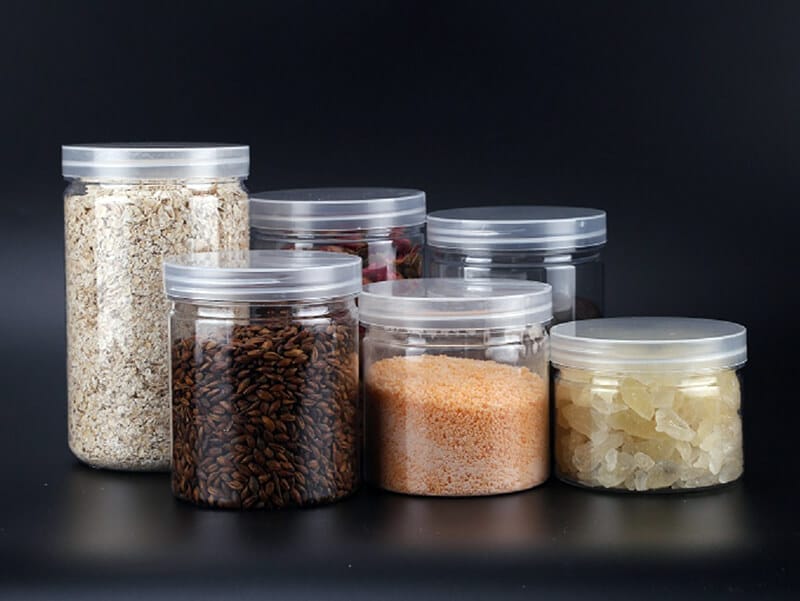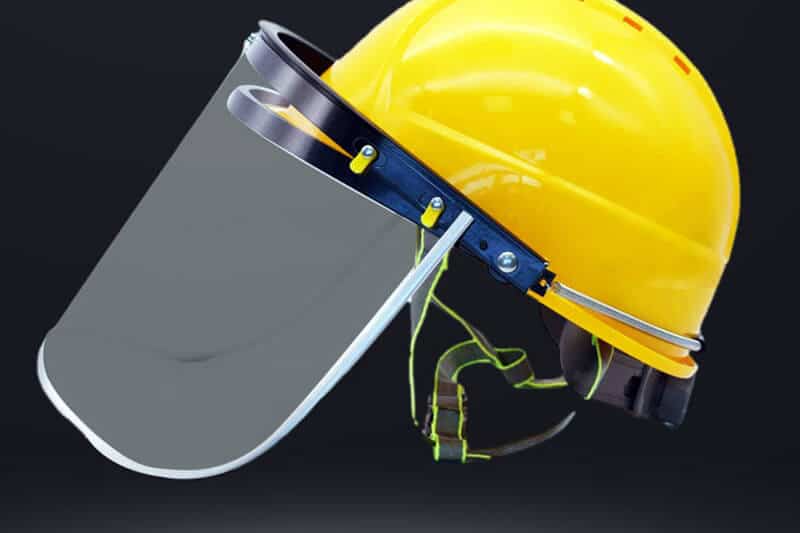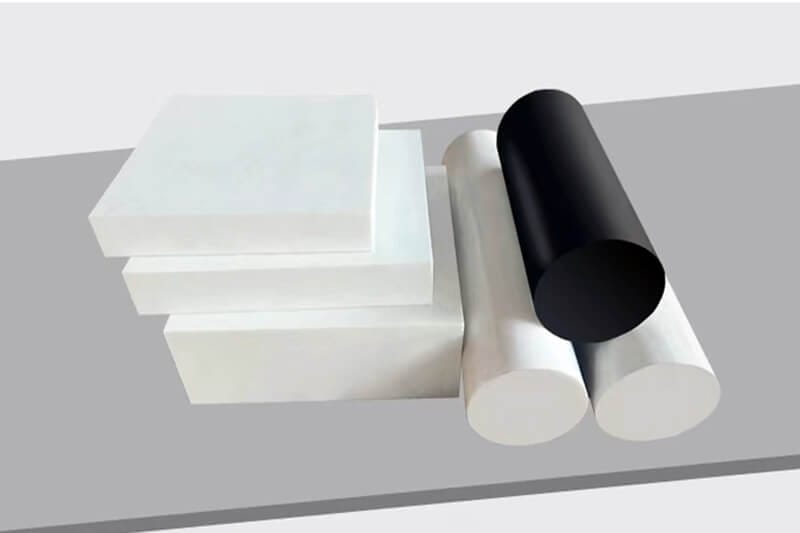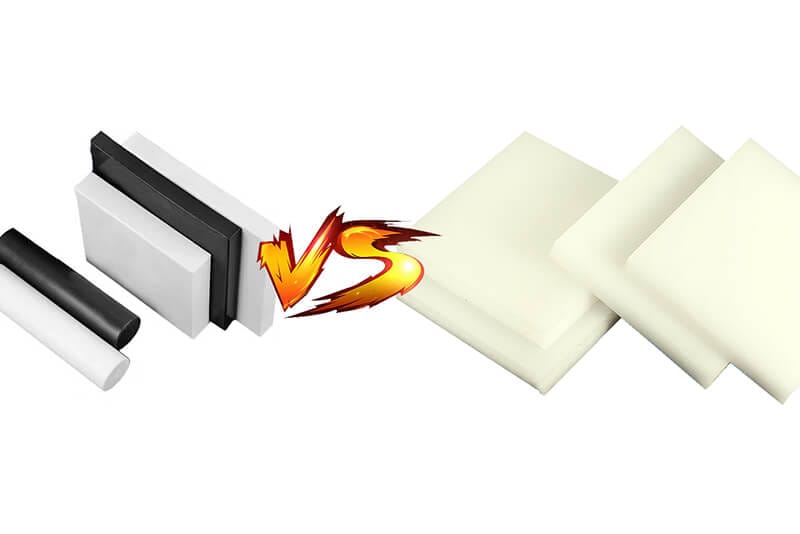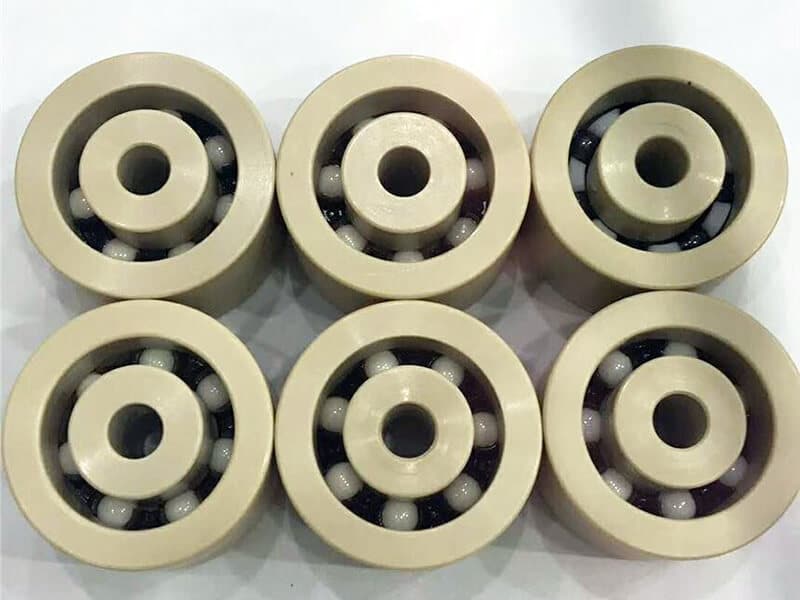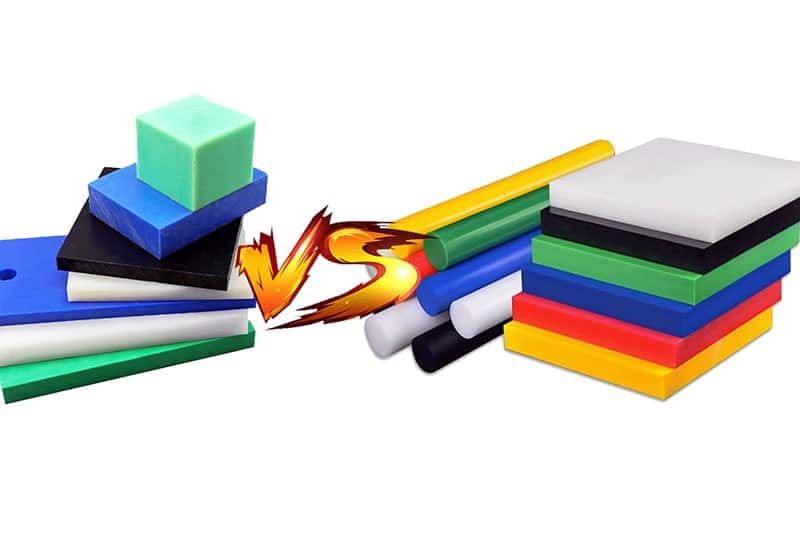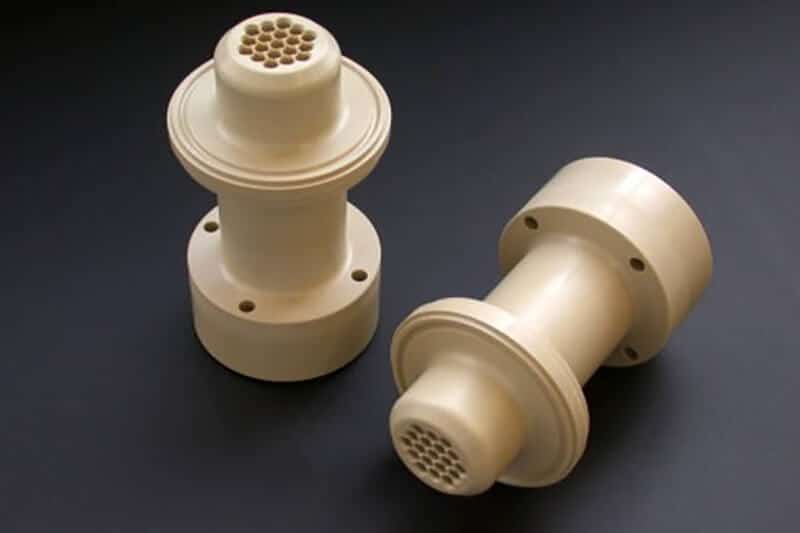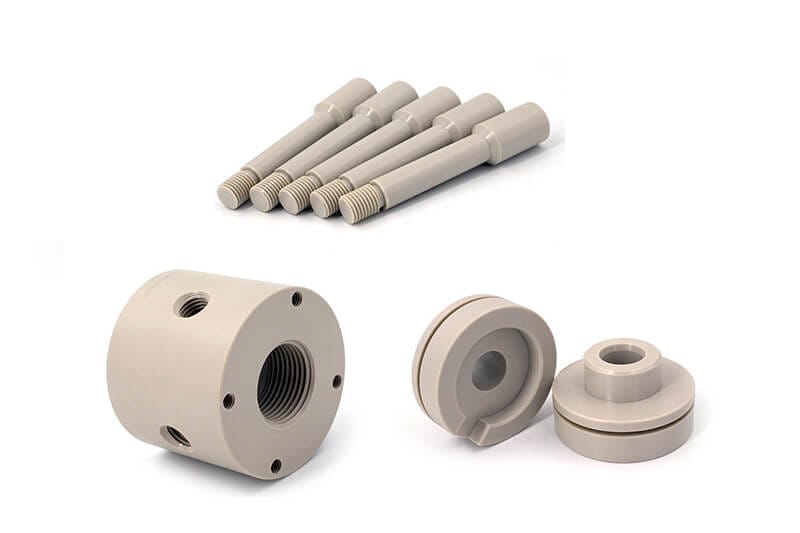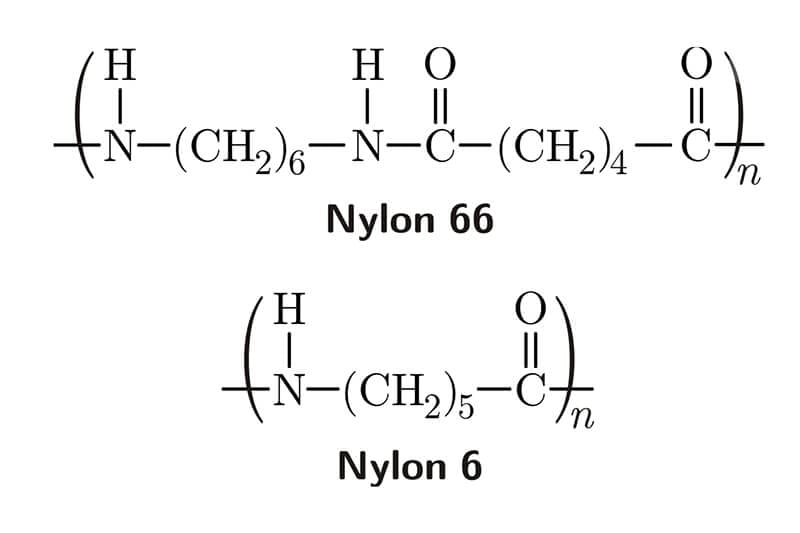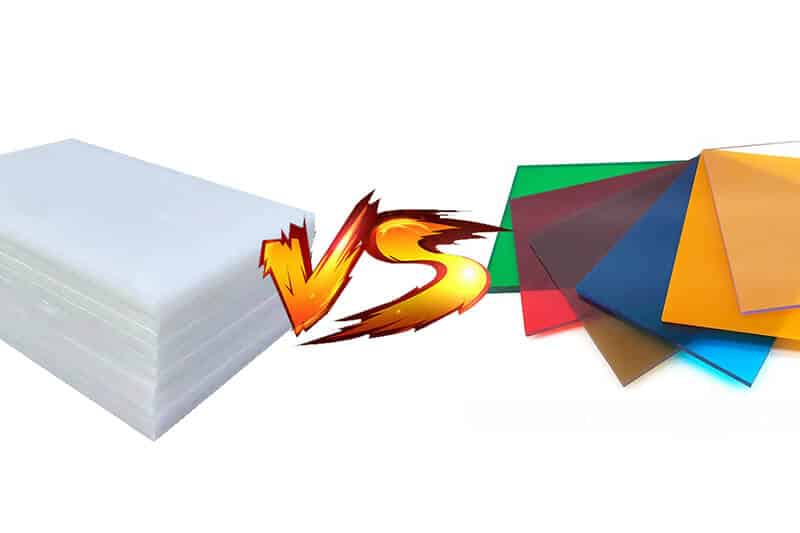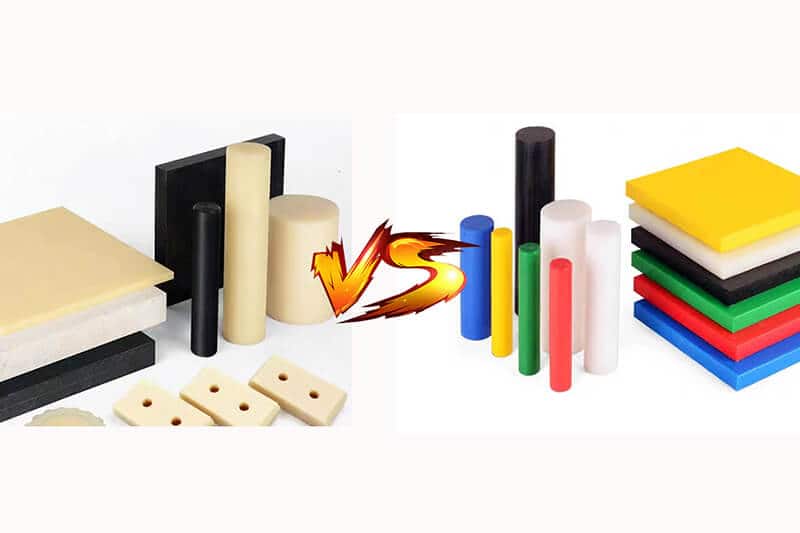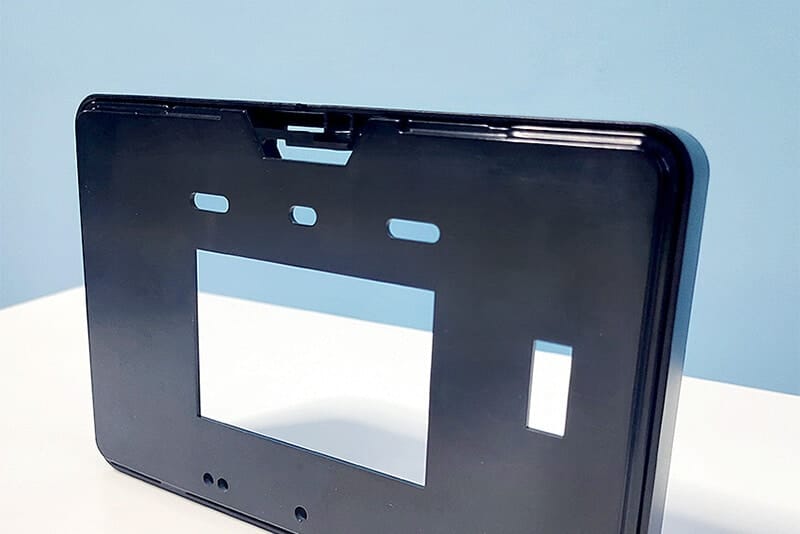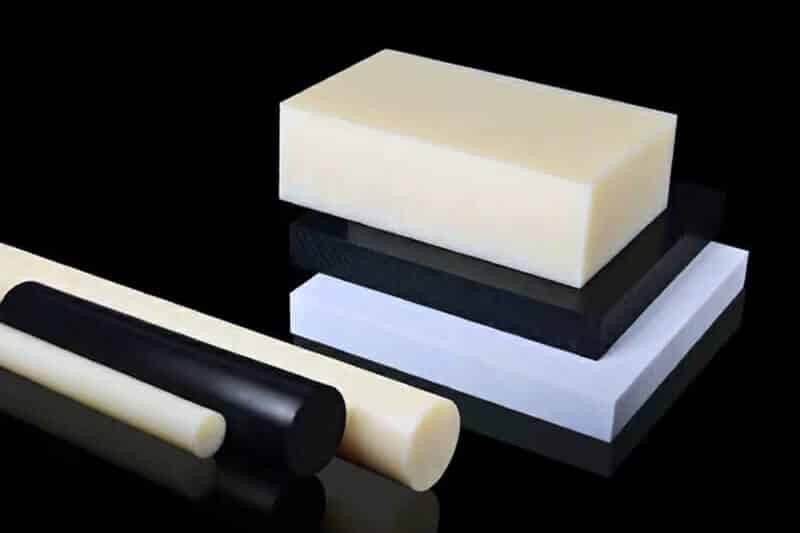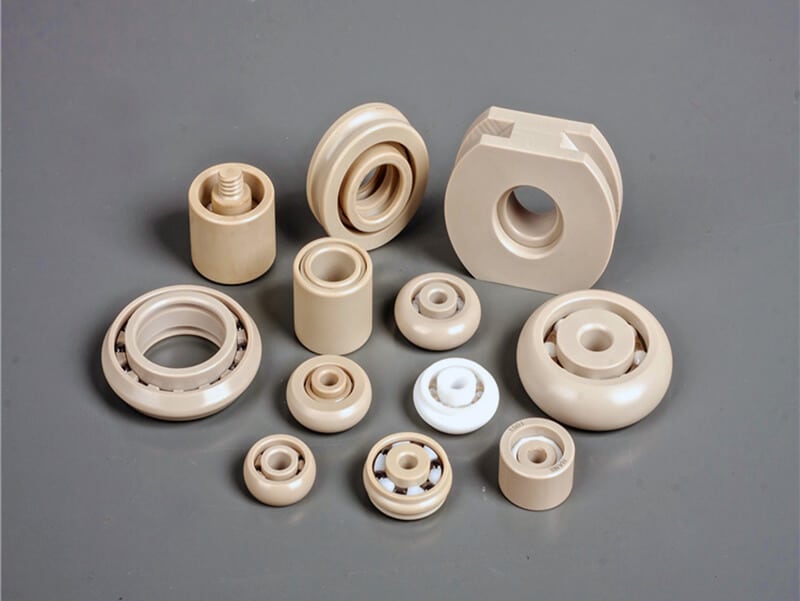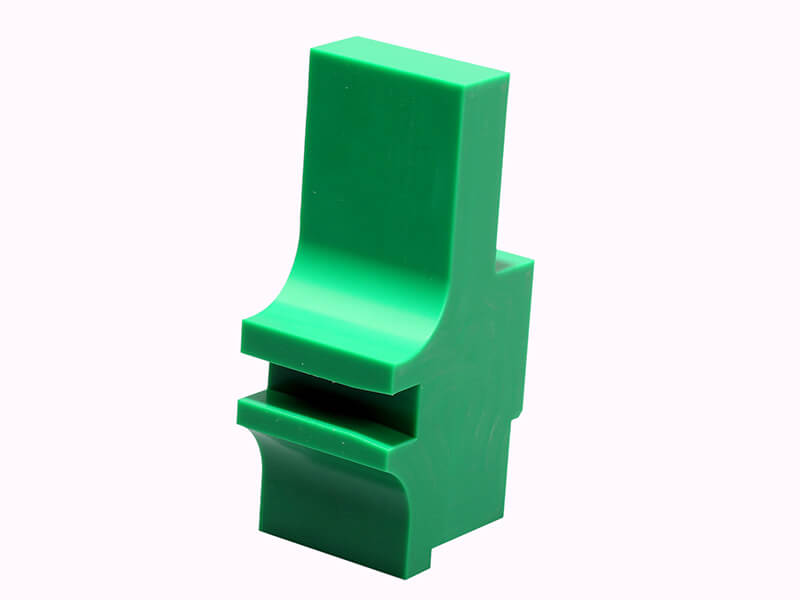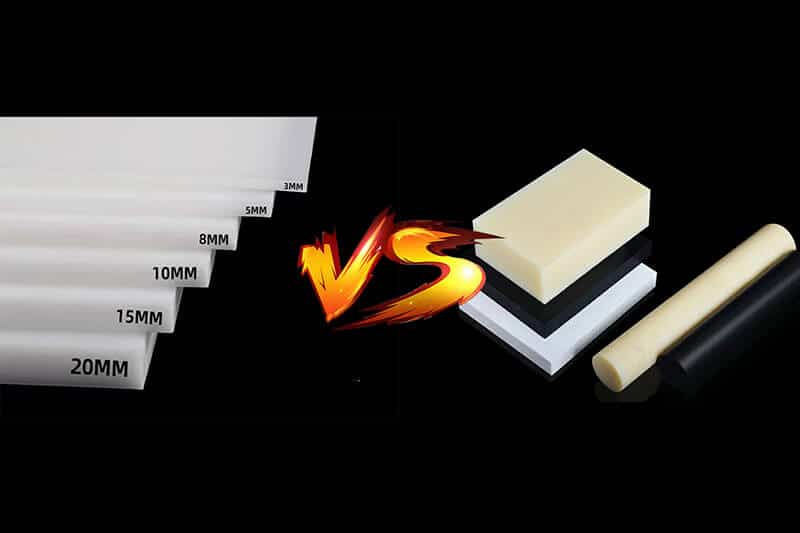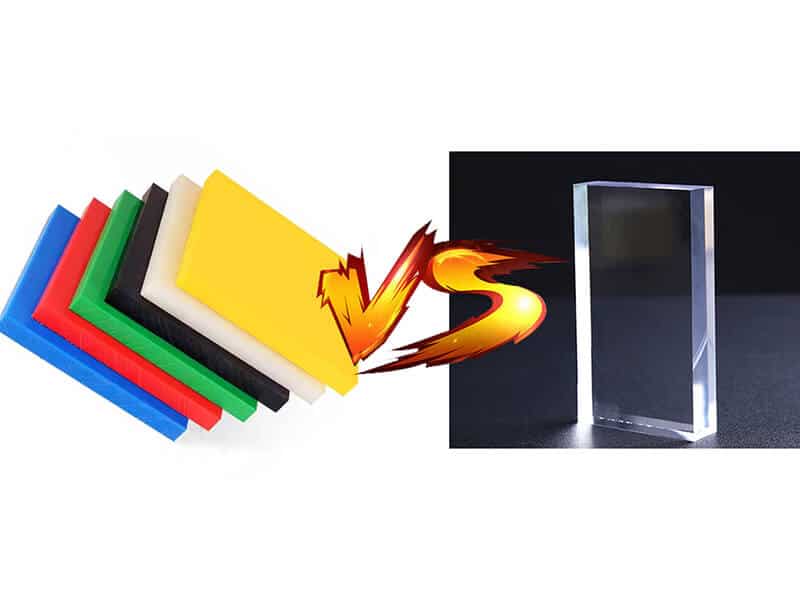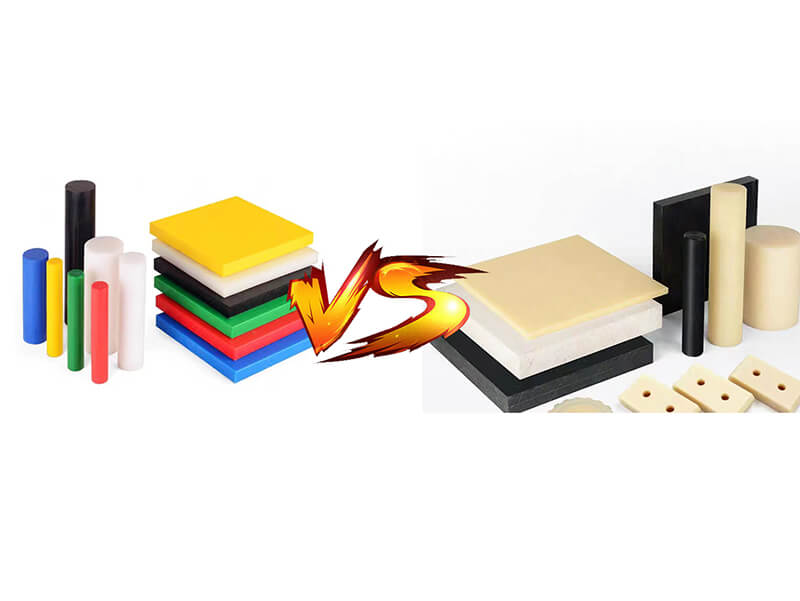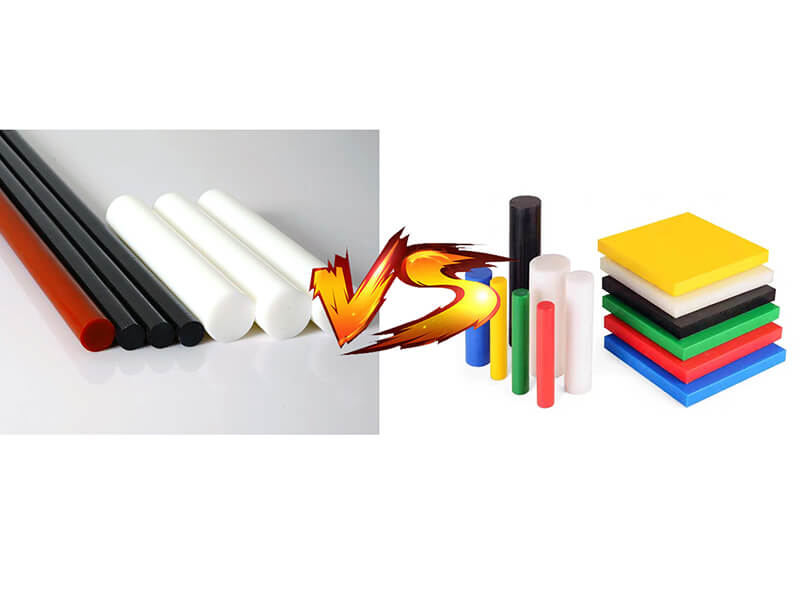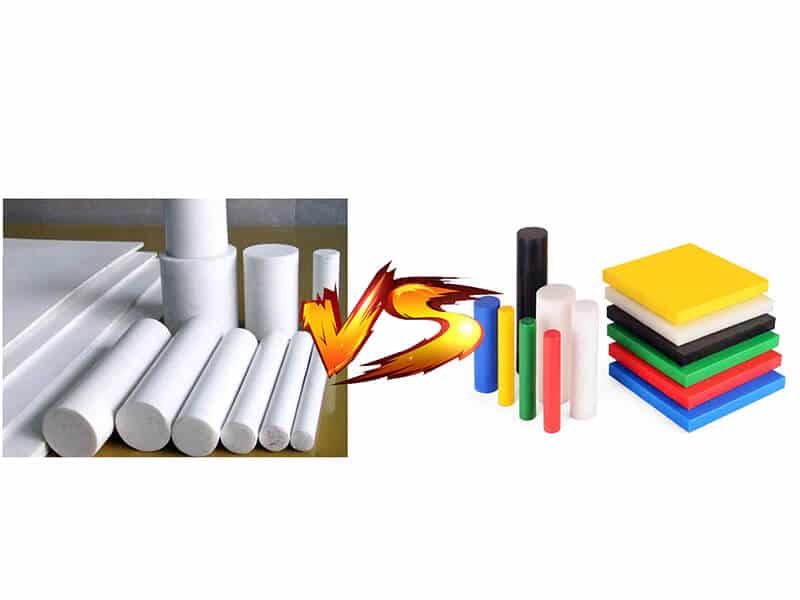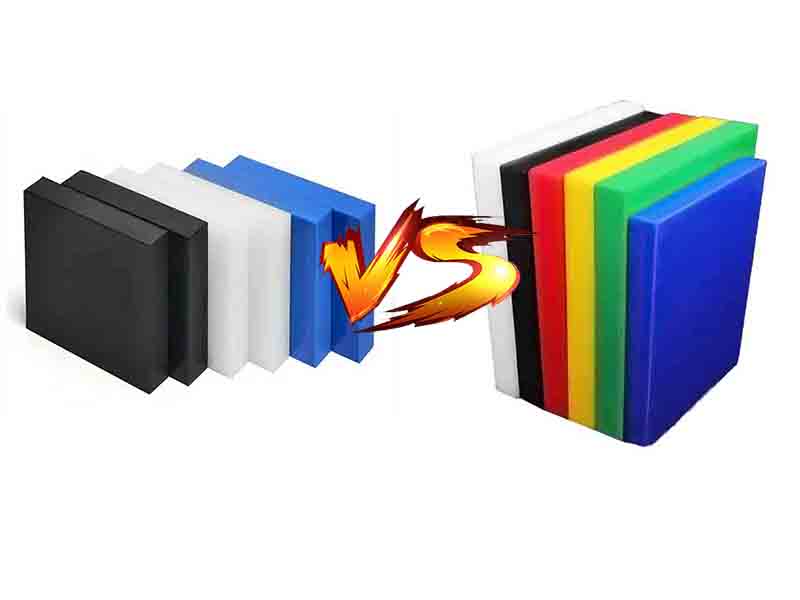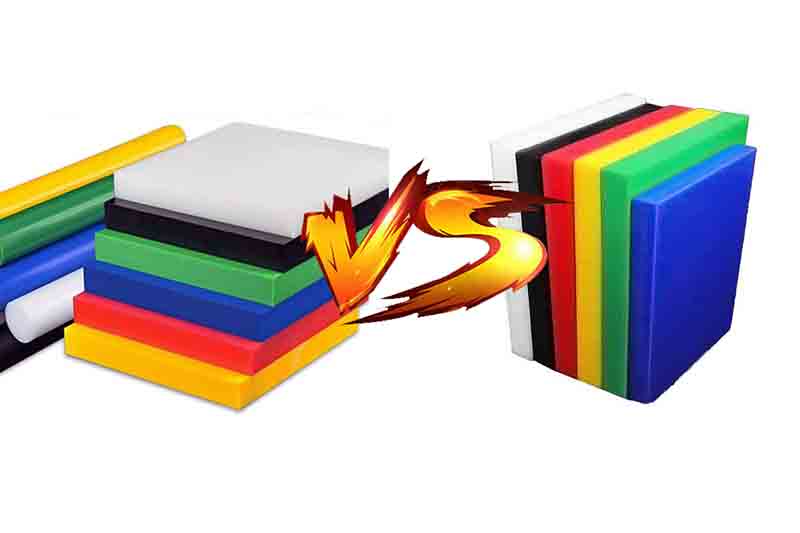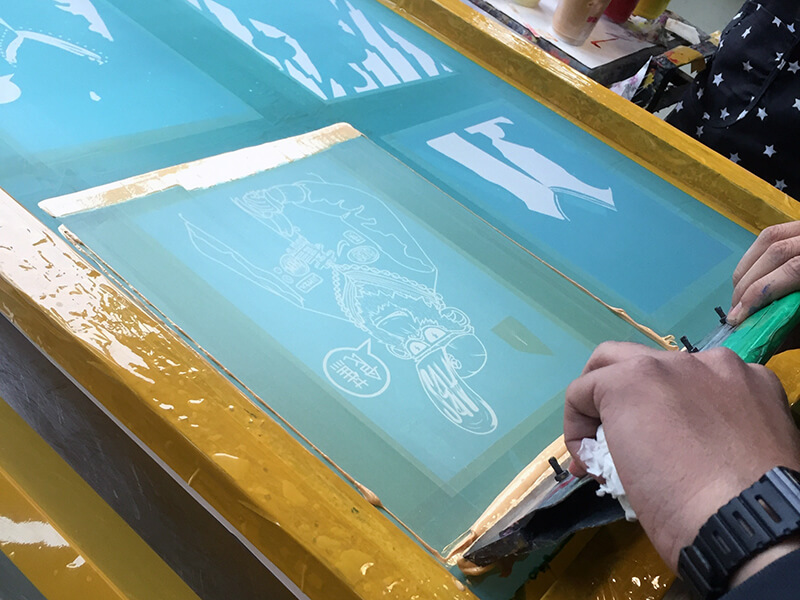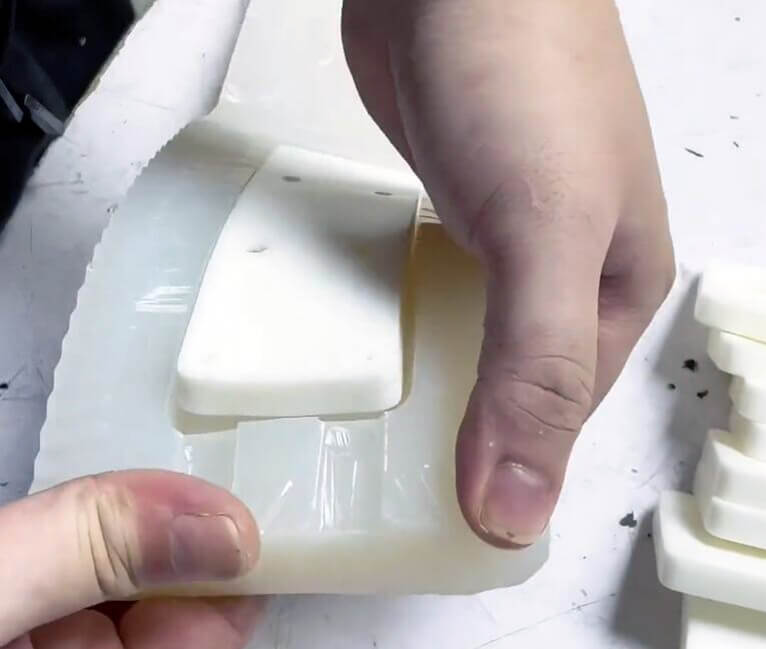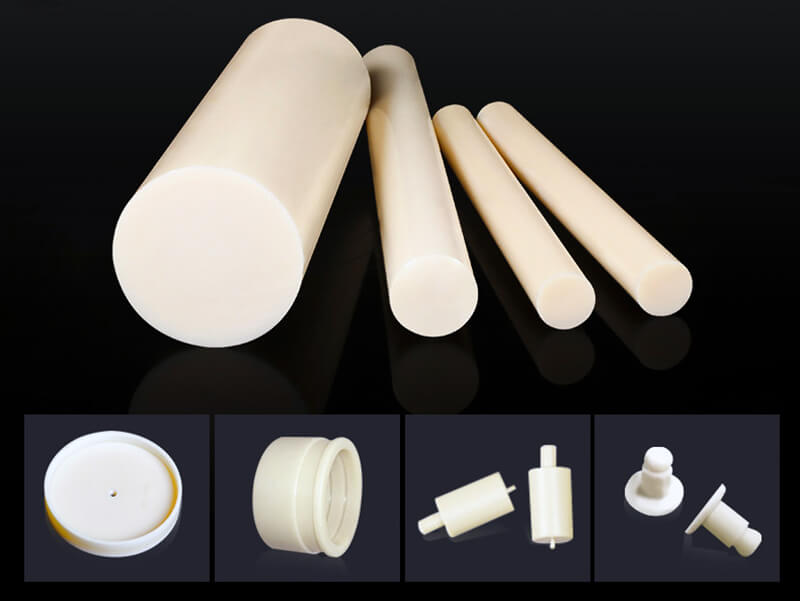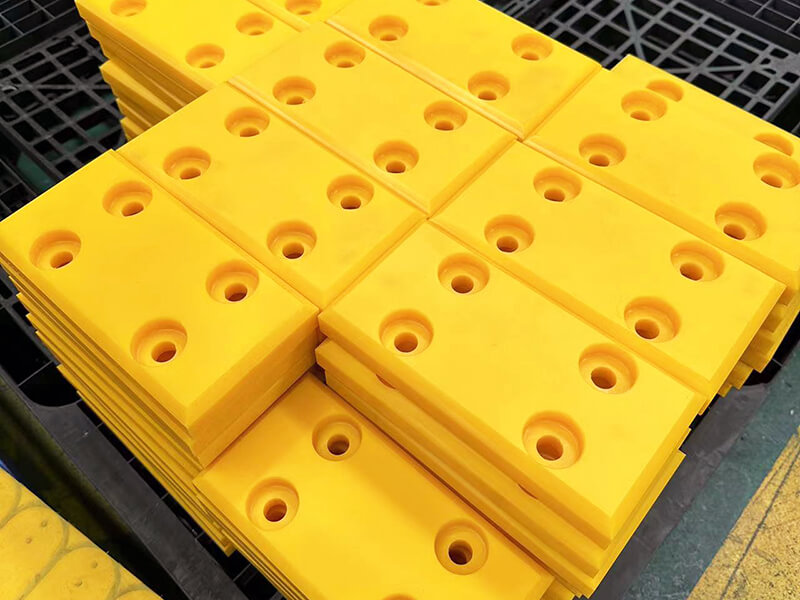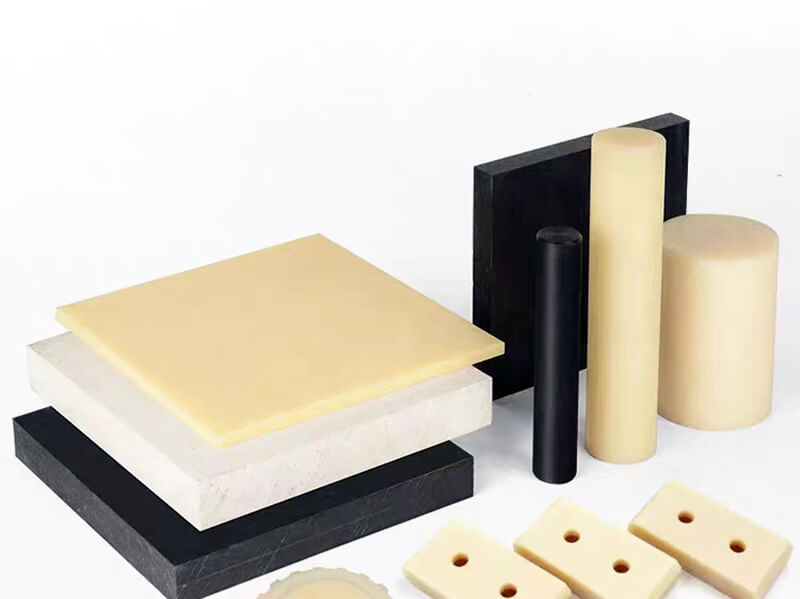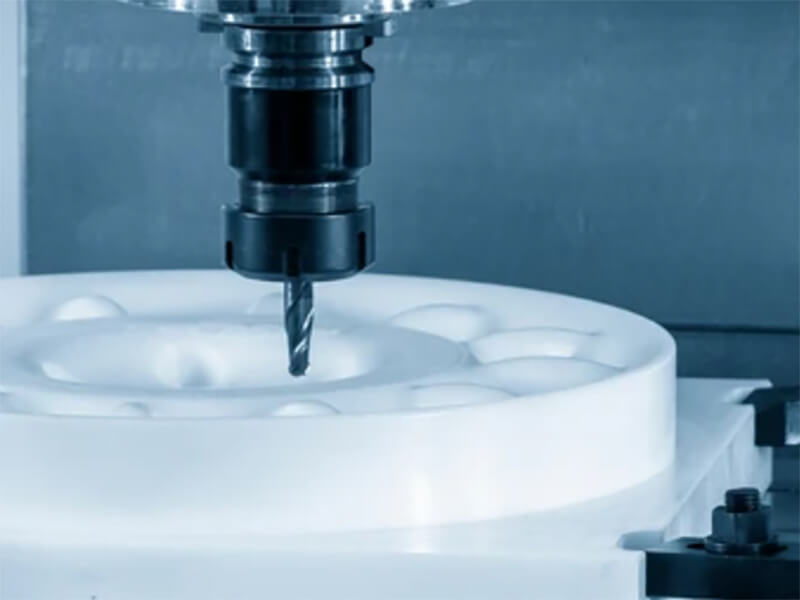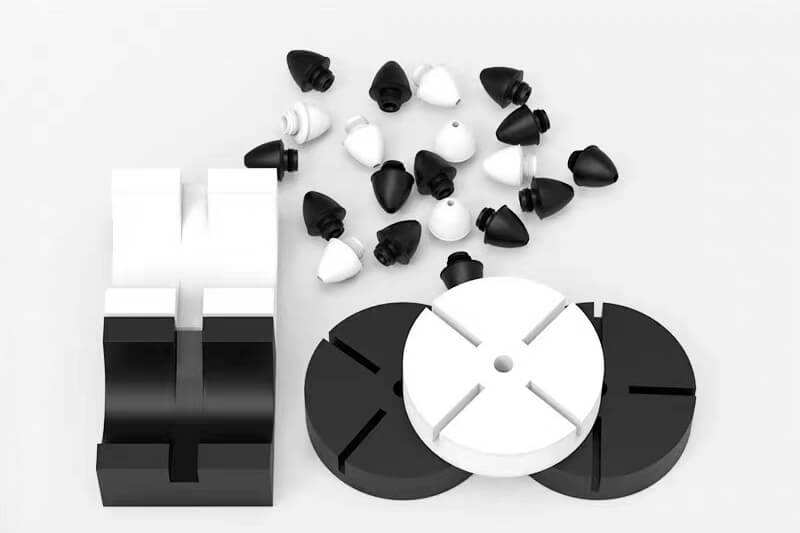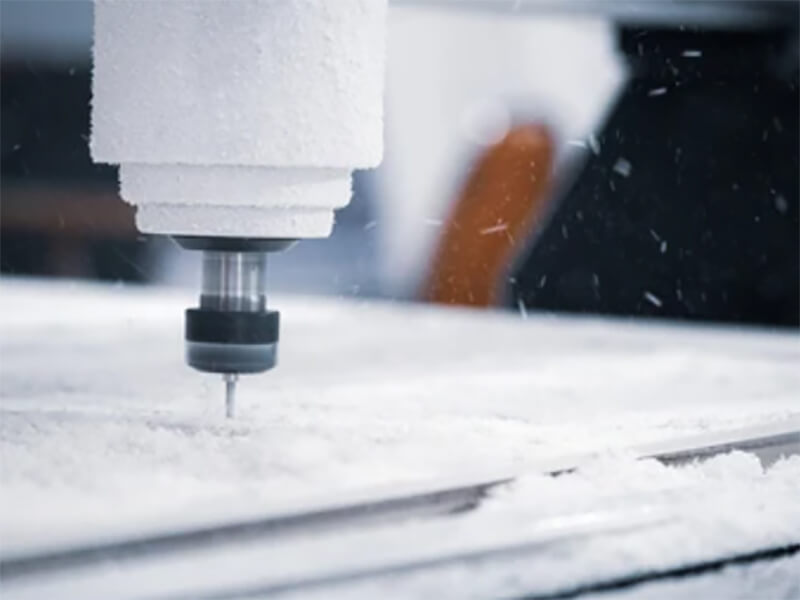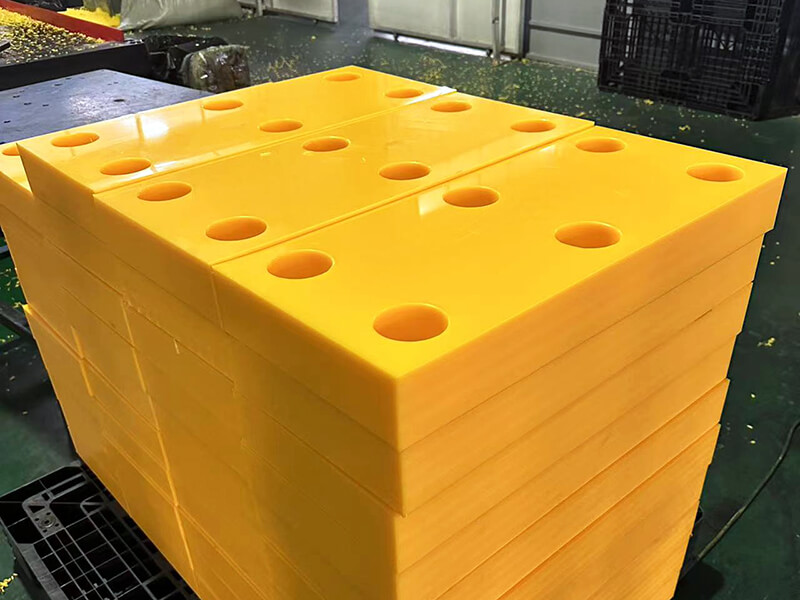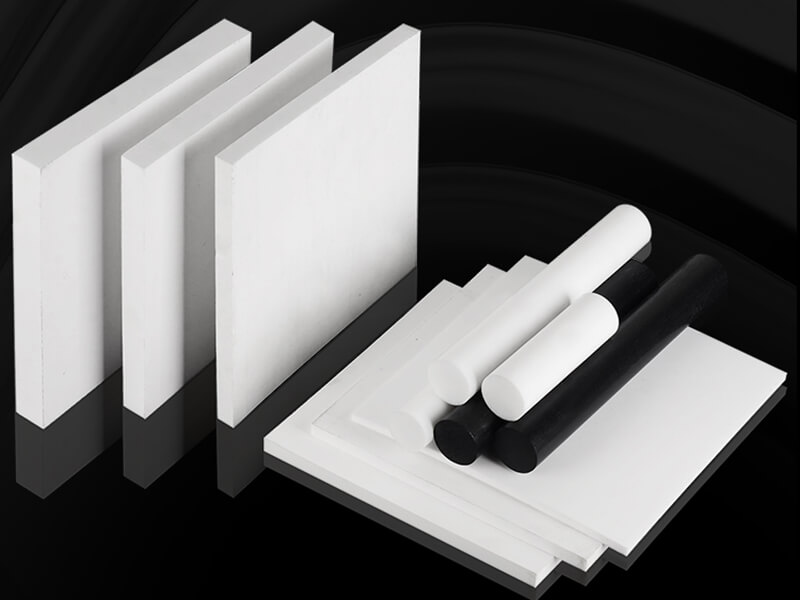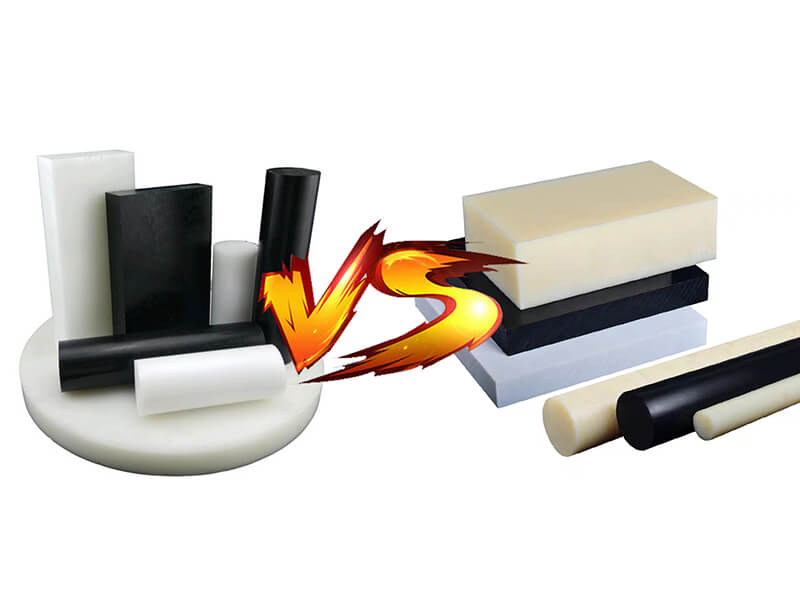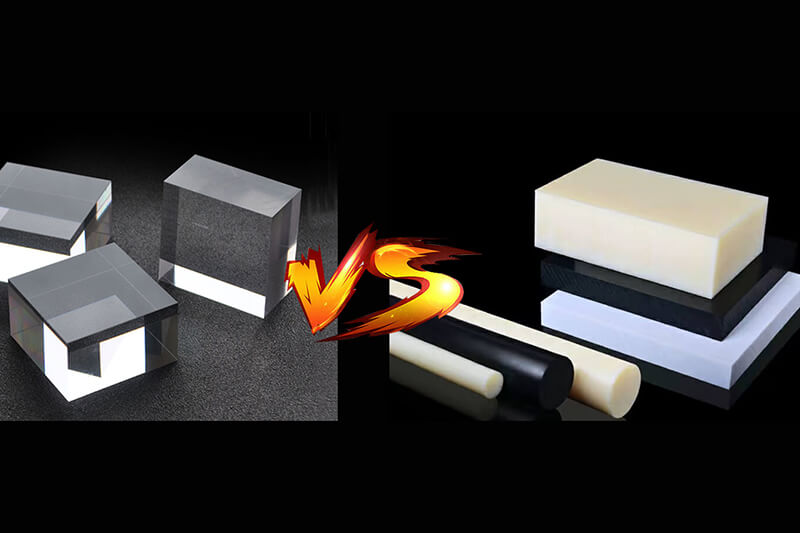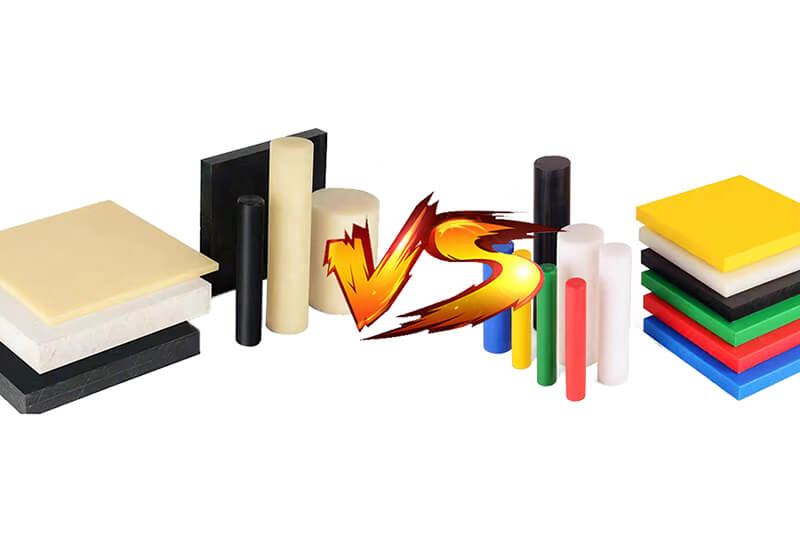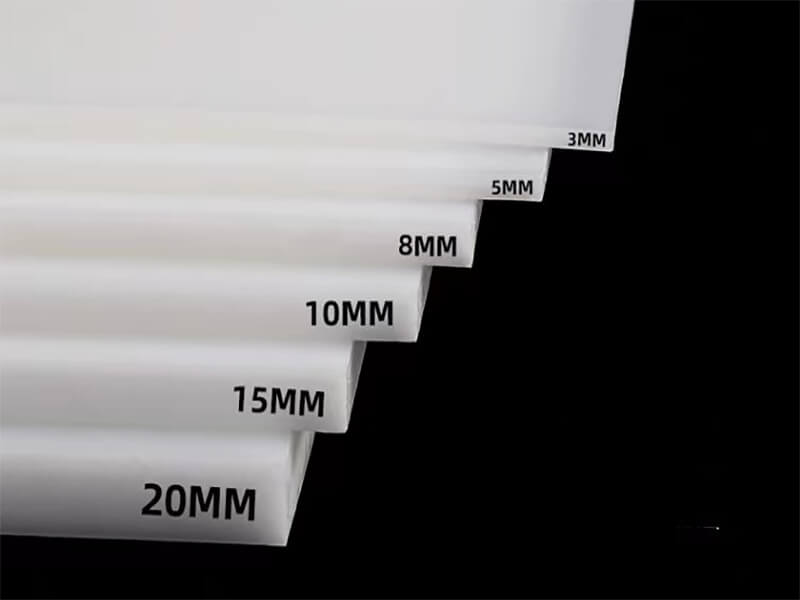About Polypropylene (PP) plastic
Polypropylene (PP) plastic is a thermoplastic polymer developed for commercial application in 1957. It is also known as polypropene and includes Homopolymer and copolymer grades.
As a popular engineering plastic, Polypropylene (PP) offers excellent chemical resistance to acids, alkalis, and solvents. It is also easily welded and machined. Therefore, polypropylene (PP) plastic is frequently used to lining structural tanks, plating barrels, orthotic and prosthetic devices, and pump and valve components. In addition, polypropylene (PP) plastic is commonly used in semiconductor and chemical industries due to its superior durability in corrosive environments.
Polypropylene (PP) doesn’t absorb moisture. It is stranger than High-Density Polyethylene (HDPE) and offers good abrasion resistance, moisture resistance, and formability. Homopolymer polypropylene (PP) plastic works well between -4°F (-20°C) to 212°F (100°C) and can be thermoformed into different shapes. Therefore, polypropylene (PP) plastic is found in medical, automotive, packaging, and consumer products.
Specification about Polypropylene (PP) Plastic
Profile/Shape
Grade
Color
Sheet/Block
PP Film
PP Rod
PP Tube
Remark
Properties of Polypropylene plastic
Main Usage of Polypropylene Plastic
Main Feature of Polypropylene Plastic
Industry
Can’t find what you need? Or need a custom Polypropylene (PP) Plastic?
Leading Supplier of Polypropylene (PP) Plastic In China
As an ISO-certified company, UVTECO is one of the leading suppliers of high-quality Polypropylene (PP) Plastic Sheets/Rods in China. We stock standard colors and sizes for fast delivery. Meanwhile, UVTECO provides an integrated machining solution for PP-based parts/components. The main machining methods include cutting, drilling, 3-axis and 5-axis CNC milling, CNC Turning, injection molding, thermal forming, routing, etc.
Now, we provide high-quality PP Plastic Sheets/Rods and parts/components for more than 2,500 clients from more than 45 countries. They work in the environmental protection, wastewater treatment, automation, automobile, Food industry, shipbuilding, aerospace, appliance, electrical, and electronic industries.
Polypropylene (PP) product that UVTECO supply

Polypropylene (PP) Tube 
Polypropylene (PP) Film
Contact UVTECO for machining Polypropylene (PP) plastic
Related Blogs about Polypropylene (PP) plastic
Frequently Asked Questions about Polypropylene (PP) plastic

Looking for a trustworthy Supplier
Need a Trustworthy Supplier of Plastic, Foam, Sponge, Rubber, Metal, and Machining Solution. Click the Button, We Will Be In Touch With You As Quickly As Possible.
